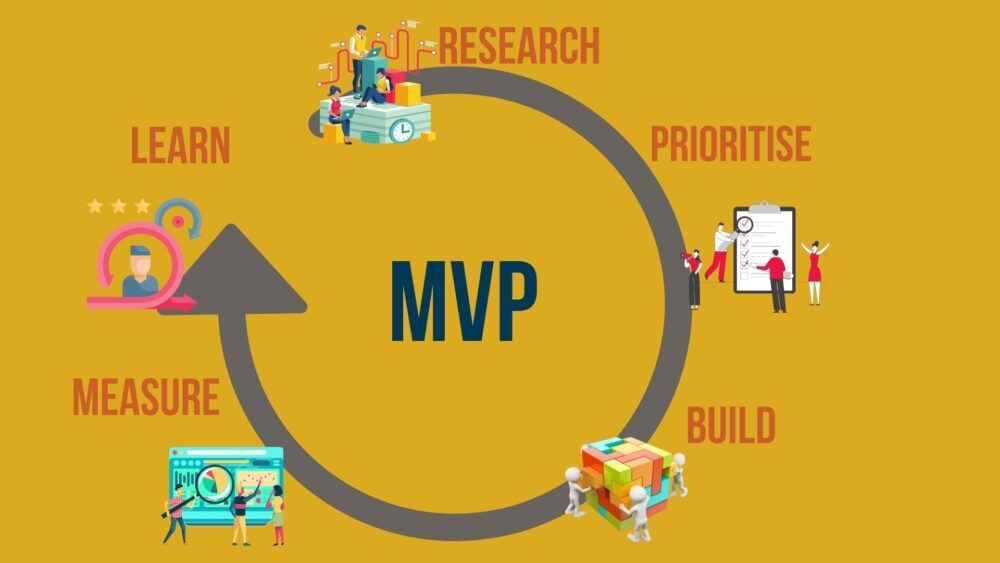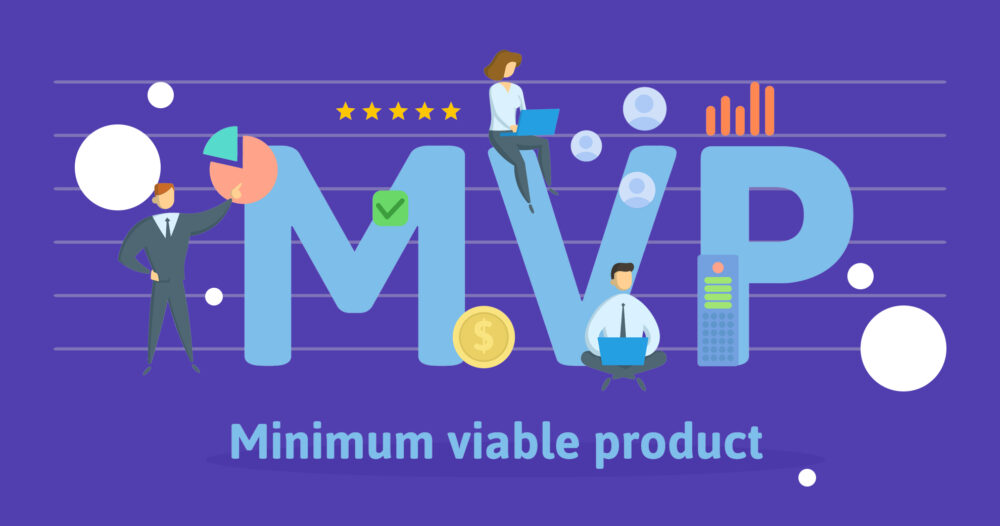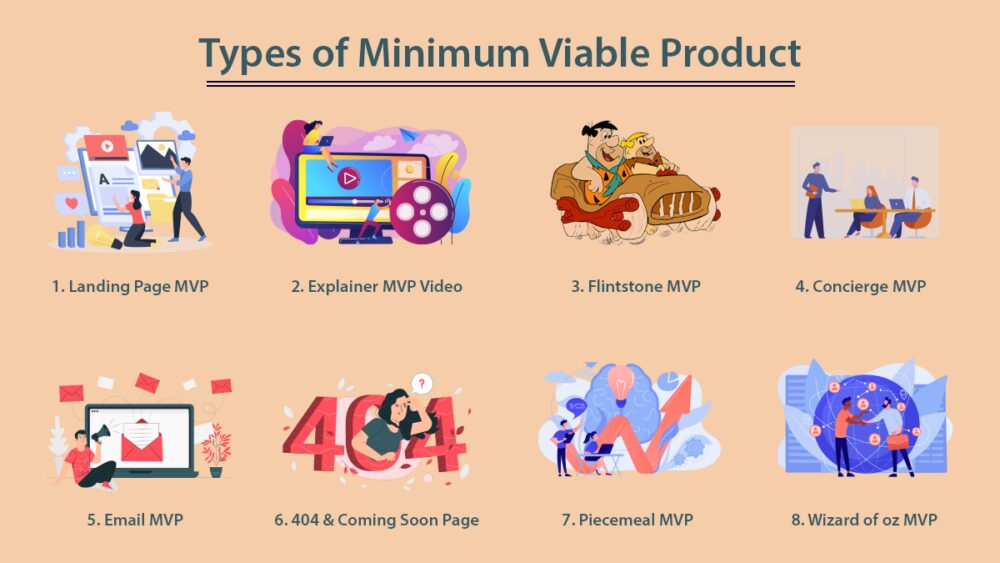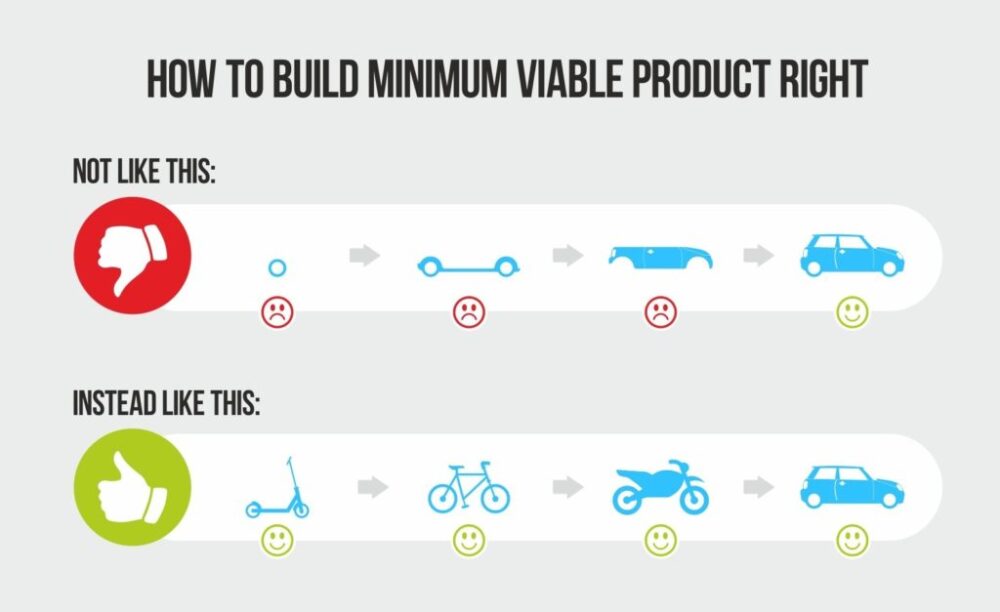If you have long wanted to implement your own project or start a business, then most likely you know that only 10% of all startups are successful. Some business ideas may seem promising and original, but they do not achieve the desired success. Therefore, in order not to invest too much in products that may not achieve the desired success, you should use the MVP. In this article, we will talk in more detail about what it is.
What Is a Minimum Viable Product?

Source: westem.ca
MVP (Minimum Viable Product) is the minimum version of a new product that includes basic functionality to meet customer needs. It is used to collect information from your potential customers in order to test an idea, improve a product, and bring it to market as quickly as possible. In this way, you can save money and reduce risk. To create such a product, you will need to contact mvp companies. They specialize in this and know how to help you.
In a general sense, a minimum viable product not only reduces implementation costs, but also prevents major failures and loss of capital. MVP also provides deeper knowledge of the target audience and their needs, allowing you to determine what works, and allocate more resources for its development. In addition, with its help you can find good and loyal customers even before the main launch.
Basic Requirements for an MVP

Source: lummoshop.co.id
In order for you to get the most out of your MVP, it must meet certain requirements:
- The MVP should have a suitable design that makes it easy to use and attracts the attention of the potential audience. The design of your MVP is important because it’s the first impression that users have of your product. If the user experience is poor, they will have a negative impression and might not use it again.
- Ease of use: The minimum viable product must be useful and provide undeniable value to the people who will use it. You want to make sure that your users can easily navigate through the app and get to where they need to go without any problems.
- User friendly: This means that the user interface should be intuitive, easy to navigate and understand, and easy for people who are new users (or even regular users) of the product or service you’re providing. An intuitive interface means that there are no unnecessary steps needed during set-up or use; everything happens automatically without having someone tell them what needs done next (this helps prevent needing another person’s assistance). With an intuitive interface there shouldn’t be any surprises when using something like this either, so if something doesn’t happen exactly how it should then chances are good there’s been some kind error somewhere along those lines which could cause problems later down line too such as losing money due poor performance & service levels etcetera…
- The MVP should have the necessary features to solve the consumer’s problem. Functionality is the ability of your MVP to deliver on its purpose. It’s also the most important factor in determining whether or not your MVP will be successful. In order to test functionality, you need to be able to show that it does what it’s supposed to do, and that it doesn’t do anything else. This means creating tests for each feature and verifying them manually (or through automated tests). You can then use these test results as a guide when improving your codebase, they’ll alert you if any changes break existing functionality by failing a test case that was previously passing. The more functionality your MVP has, the more testing it will need. As your product matures, it will also require more testing to ensure that new features are working properly and aren’t adding bugs or breaking existing functionality.
- The minimum viable product must function adequately to maintain the reputation of the brand or company among early adopters. Reliability is the ability of a product to perform as expected. It’s important that your MVP be able to withstand the test of time, because if it breaks or stops working suddenly, you’ll want to be able to fix it quickly and easily so that you can get back on track with development. If you’re building an MVP for a brand new product, there are some things you need in place before reliability becomes an issue: testing for bugs and errors (and fixing them), making sure all components work together smoothly, testing against different browsers/OSs/devices etc., etc.. But once those things have been taken care of, and if they haven’t been already, then reliability should not pose any problems whatsoever!
What Types of Minimum Viable Products Are There?

Source: techgropse.com
There are several types of MVPs. Before you develop your own prototype, you need to familiarize yourself with its possible variations. Let’s consider in more detail:
- Low accuracy minimum viable product – These are easy-to-develop products, the main goal of which is to find the most effective solution for consumers in the shortest possible time. Customer interviews and surveys are an example of a low-quality minimum viable product that can be used to get quick results.
- High accuracy minimum viable product – This type of MVP requires additional development as they focus on identifying the most effective solution, which produces more accurate results that allow you to determine marketing and sales strategies, as well as find out how much consumers are willing to pay.
How to Create a Minimum Viable Product?

Source: 80percentawesome.co.uk
- Define the value proposition – To make a minimum viable product, it is important to understand exactly what you want to receive and what will be the main feature. That is, find out what distinguishes the development from the rest of the products on the market, and why it can be valuable for a certain target audience. This will allow you to develop an MVP that represents the core value of the product and delivers more realistic results.
- Determine the right audience – The audience with which the minimum viable product will be tested must be specific to the market in which the final product will be launched, otherwise the results may deviate too much and not be reliable;
- Check the public outcry – This step determines the receptivity of the market to the product, the success of the value proposition, and the necessary improvements. Typically, the first stage is conducted with a smaller and controlled audience, and then the second stage is conducted with a larger audience.
If you follow these steps, you will be able to create the product you want, test it, and get the results you expect.


















